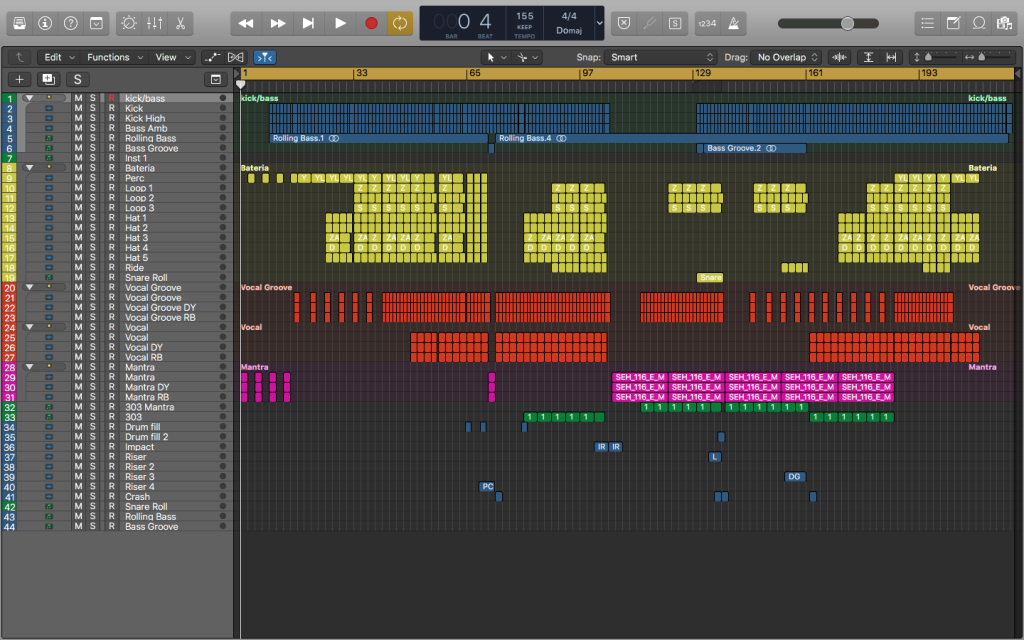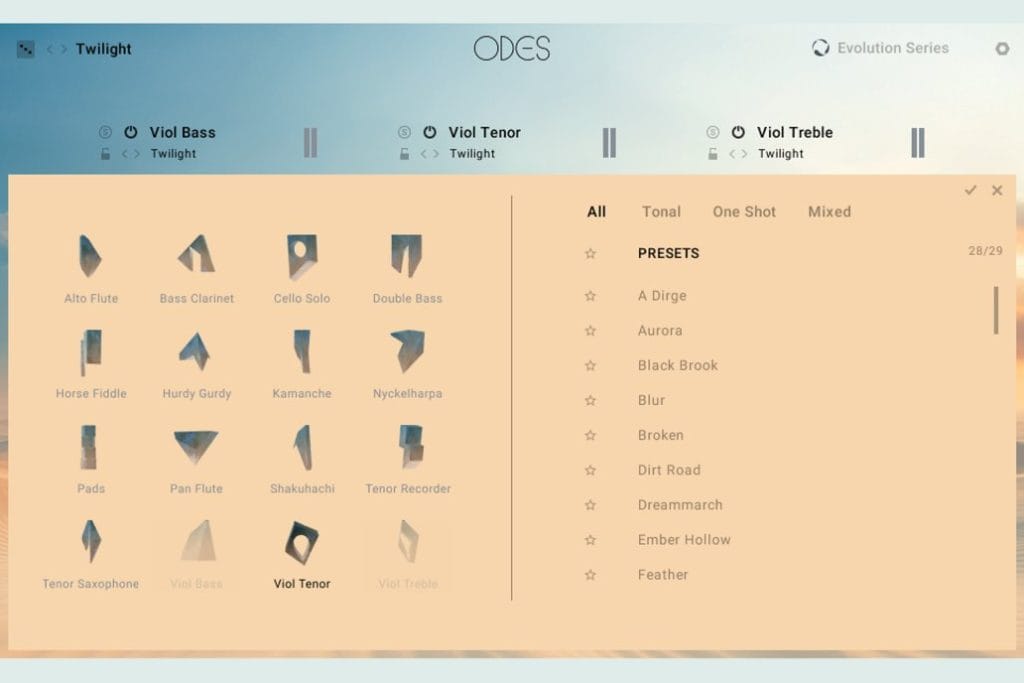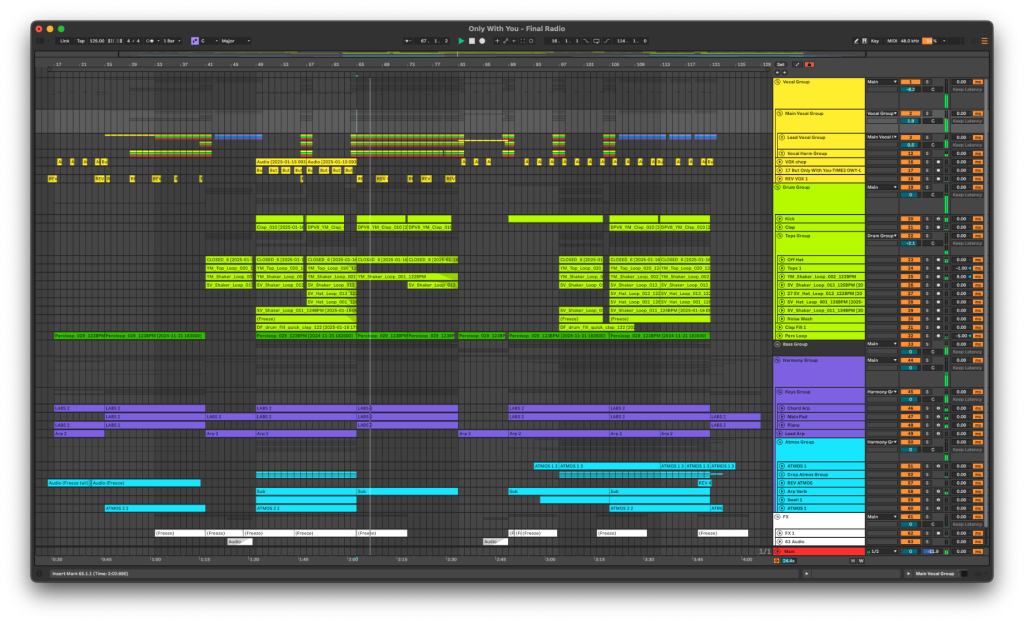Rowland Giles has a way of making electronic music feel personal. “Only With You,” his third release on Colorize, puts that skill front and center—a track built around clean vocal stacks, thoughtful processing, and a production approach that feels as meticulous as it is musical. It’s the sound of a producer who isn’t just arranging parts in a DAW but treating each layer like it has weight and purpose.
Before stepping into melodic house, Rowland cut his teeth as a songwriter and performer, sharing stages with artists as different as Bon Jovi, Kanye West, and John Legend. That background shows here. The vocal work on “Only With You” doesn’t feel like an afterthought or a feature—it sits at the core of the record, tracked, comped, and processed with the same attention to detail you’d expect from someone who’s lived inside a vocal booth.
In this feature, Rowland walks through every step of that process, from the gear he relies on to the way he stacks and pans vocals for width without resorting to shortcuts. He also breaks down the synth work behind the track’s lead arp and shares practical advice for producers looking to bring more intention into their own vocal-driven productions. The rest of the words are from the artist himself, Rowland Giles…
_______________
I do a lot of writing, singing, recording, and vocal processing on my own, so when Magnetic Magazine reached out to learn more about the production behind “Only With You,” it felt like a great opportunity to walk through my process. Hopefully it helps other artists who are blending roles as producers and singer-songwriters but feel intimidated by the idea of working with vocals in their own tracks.
All of my vocals are recorded in my home studio using a Warm Audio WA-47 tube mic into a WA-TB12 preamp, running through an Apollo Twin interface into my MacBook. I’ve repurposed a small, treated closet into a vocal booth, keeping the noise floor and reflections low, crucial for capturing the kind of breathy, intimate vocal takes I tend to go for.
For “Only With You,” I recorded and comped three parts to build the main vocal group: the lead, an octave up, and a harmonized layer in between. Each part was tracked with center, left, and right doubles, resulting in a 9-channel stack of clean, fat, focused vocals, without resorting to artificial widening (I’m lookin at you Waves Doubler  ). Beyond giving me the lush sound I’m after, I’ve found that building the stack this way actually makes the vocal easier to mix into the instrumental bed than working from a single centered track. So if you’re in control of vocal delivery, whether you’re recording yourself or directing someone else, put the doubler VSTs away and take the time to track and comp proper dubs. You’ll thank yourself later.
). Beyond giving me the lush sound I’m after, I’ve found that building the stack this way actually makes the vocal easier to mix into the instrumental bed than working from a single centered track. So if you’re in control of vocal delivery, whether you’re recording yourself or directing someone else, put the doubler VSTs away and take the time to track and comp proper dubs. You’ll thank yourself later.
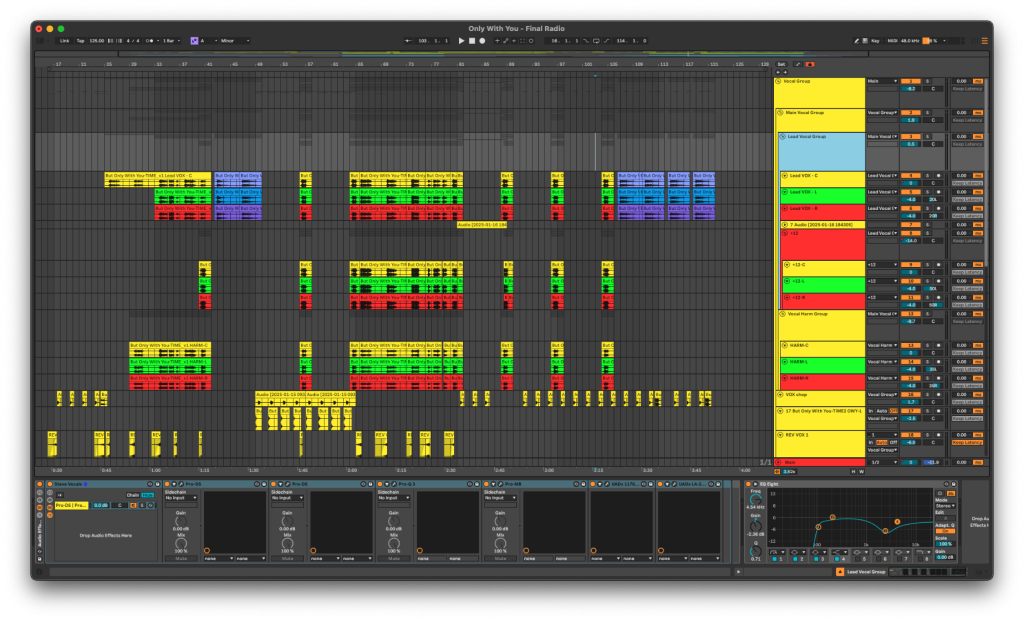
____________
I dial in the panning of the left and right doubles by ear on a per-part basis, always keeping lower-frequency content closer to center. On “Only With You,” the Lead VOX sits at ±20, the harmonies at ±35, and the +12s are hard-panned at ±50. This helps me maintain width and separation while avoiding phase issues.
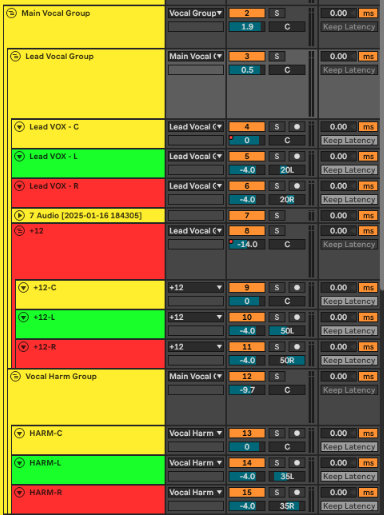
______________
‘Only With You’ Lead Vocal Processing
Once the main stack is in place, I clean up any tuning issues with Melodyne, then move into the core processing. I’ve built a templated vocal chain that fits my voice well and only needs light tweaking from project to project to sound great. FabFilter Pro-DS (x2), Pro-Q3/4, and the UADx 1176AE and LA-2A are the true workhorses here; I use them on every vocal group.

__________
De-Ess with Fabfilter Pro-DS (x2)
I run two Pro-DS instances back-to-back. The first is wide-band, catching all harsh sibilance on the initial transient bite, followed by a second on a tighter band range targeting that 6-8kHz range, where my falsetto and head-voice often introduce persistent hiss or whistling that single-pass de-essing doesn’t fully control. Using two in series like this avoids over-clamping a single band.

__________
EQ with FabFilter Pro-Q3
I start with a high-pass filter and a gentle cut to tame the fundamental and avoid boom, followed by a more aggressive cut around 300 Hz cut to control the super prominent 2nd harmonic in my voice, getting rid of that low-mid congestion without thinning things out. Additional cuts around 500Hz and 2k clear out the problematic nasally/honky buildup in my voice.
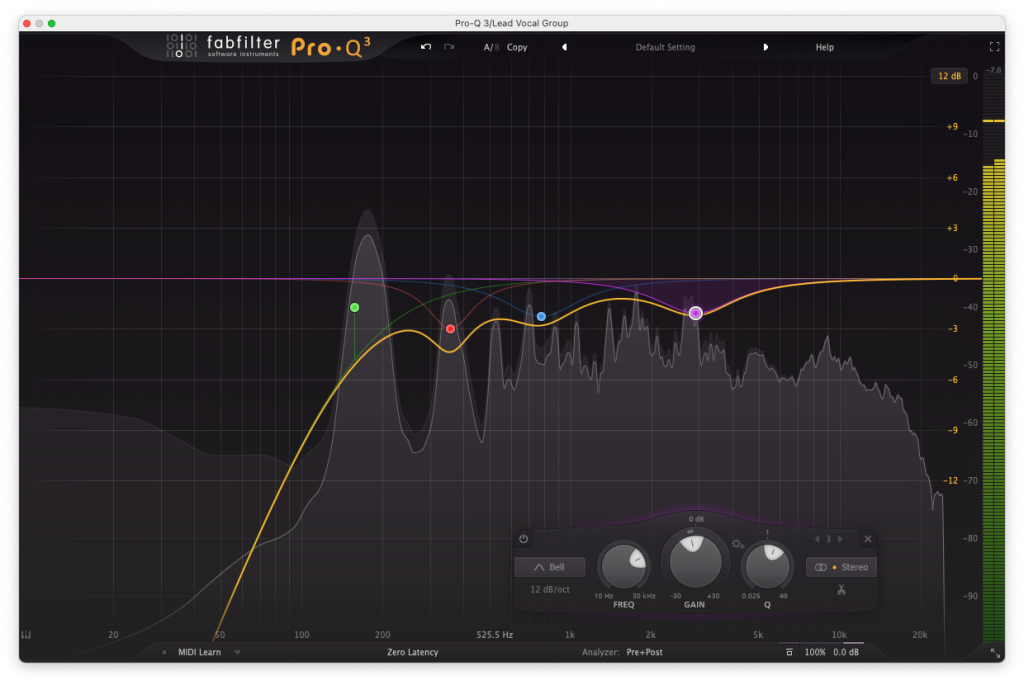
__________
Multi-band compression with FabFilter Pro-MB
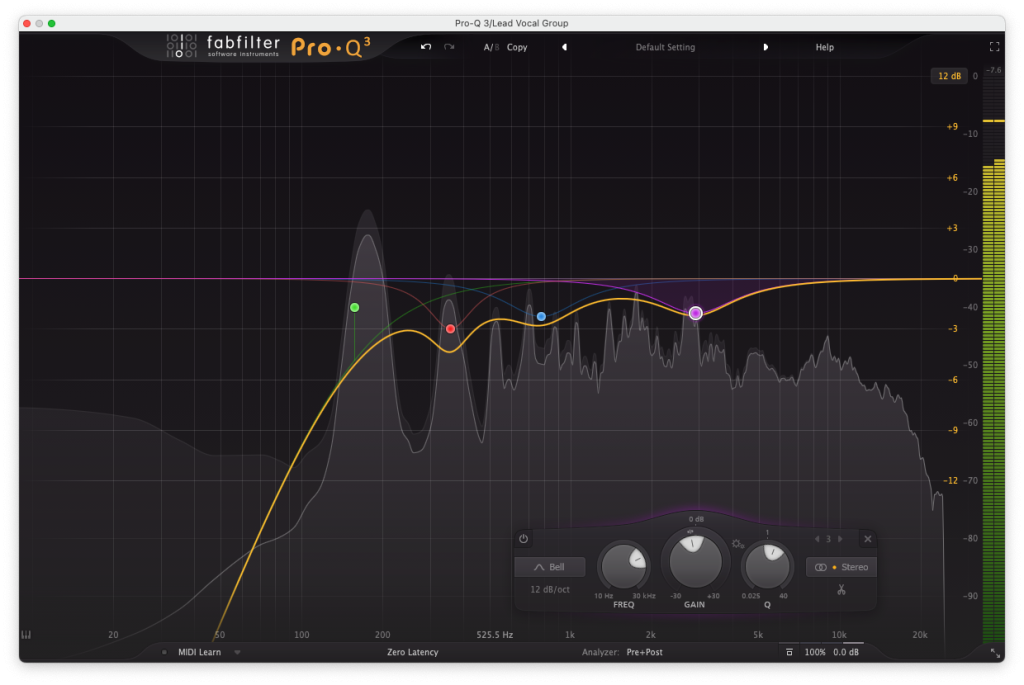
I sing a lot of my parts in falsetto which makes it easy for the fundamental to become wicked resonant and disconnected, especially with mic proximity (I like to pull as much air out of my voice as possible so I tend to get right up on the mic when singing). Using a dynamic compressor like Pro-MB around 200 Hz lets me target that problem area only when it’s really poking through, so my vocal can stay full but never gets bloated with an overpowering fundamental frequency.
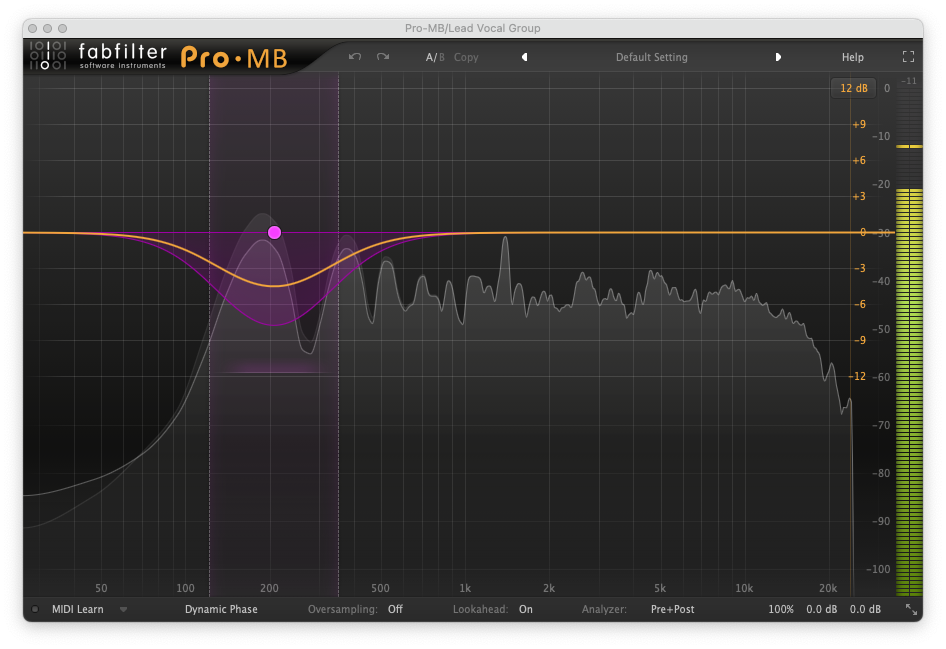
__________
Serial compression with UADx 1176AE → UADx LA-2A Silver
Leveraging the quick attack/release on an 1176 into LA-2A is a classic vocal compression chain that’s been used on countless voices for decades, so why mess with a good thing? This technique is used on all my tracks and “Only With You” is no exception. The 1176 adds the bit of punch and edge I’m after, then the LA-2A’s opto circuit brings warmth and harmonic color in a way that kinda feels like magic. I aim for around -2dB of gain reduction on each, but it really is hard to make these compressors sound bad, so just keep those needles movin’ and you’ll be golden.
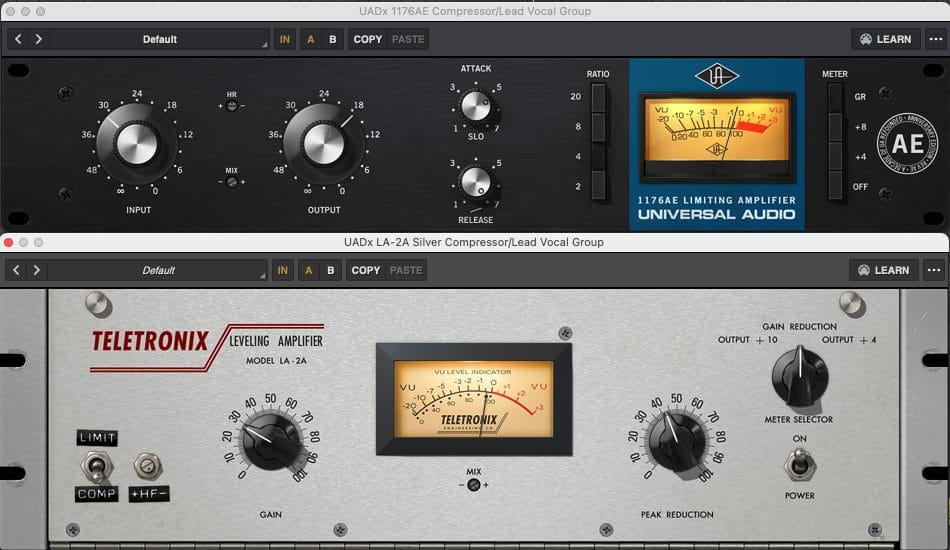
__________
Finishing EQ with a stock Ableton EQ Eight
Ableton’s EQ Eight sits at the end of the chain on this track for final tonal shaping in the context of the full mix. Not every vocal group or track will include an extra EQ at the end, but it can sometimes help reshape things after the compression stages. For “Only With You,” EQ8 is working to contain low-mid warmth around 100–200 Hz while notching out some buildup around 2-3kHz before rounding off the top-end to balance presence and air.
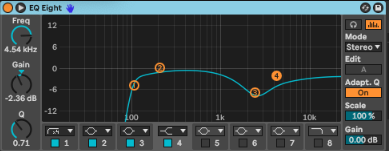
__________
Spacial FX with ValhallaDelay and ValhallaVintageVerb
The entire 9-channel main vocal stack on “Only With You” uses just two effects:
- A touch of ValhallaDelayon the +12 group, using the “CLARITY Ducking Vocal Bloom Verb” preset as a starting point before tweaking to taste.

ValhallaVintageVerb on the main VOX bus in Concert Hall mode with a long’ish 3.63-second decay and a 39% mix to add depth without drowning the vocal. A 20 ms pre-delay keeps the dry signal upfront and intelligible, letting the long tail sit just behind it for a smooth, spacious feel.
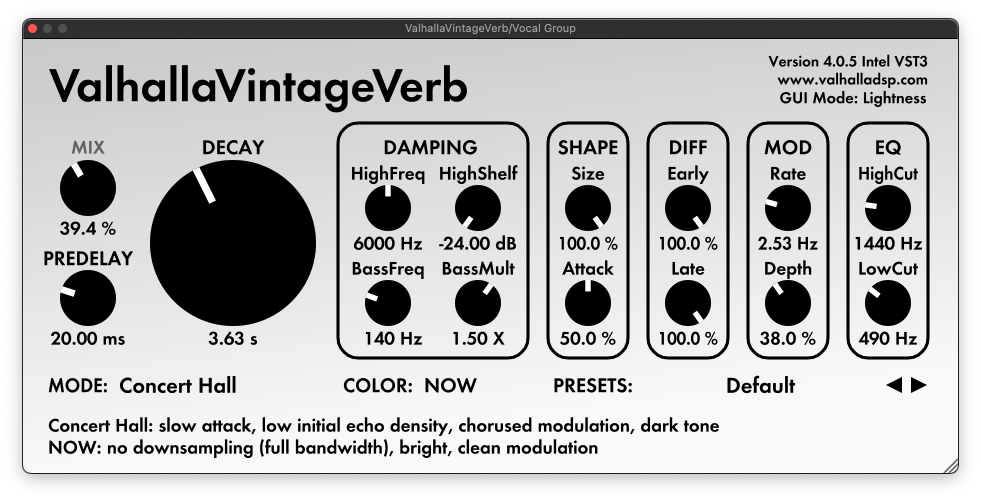
That’s it. In my experience, vocals are hypersensitive to FX; too much reverb/delay/echo/whatever can easily undo all the work you’ve put into tone, compression, and clarity. Just like with synths, don’t pile on FX to fix something that should’ve been handled upstream. This is one area where keeping it simple really pays off.
__________
“Only With You” – Lead Arp Sound
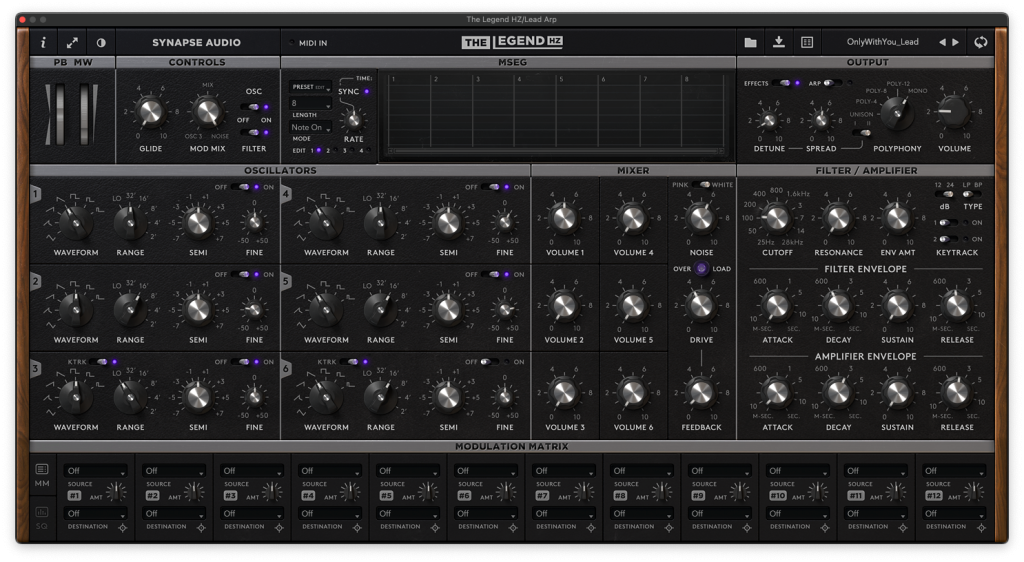
The standout synth in “Only With You” is a noisy, melodic plucky lead built inside The Legend HZ from Synapse Audio, heard throughout the drop sections and the bridge. I’ve only started using it recently, but it’s quickly becoming a favorite. Unlike some soft synths that require heavy tweaking, The Legend HZ seems to pour out warm, analog, Minimoog-style tones with just a few knob turns. As a producer who’d rather obsess over chord voicings than get lost in endless sound design, I love how effortlessly it delivers the kind of expressive, character-rich sounds that define melodic and progressive house.
The soul of this Lead Arp patch is a single sawtooth oscillator combined with a heavy dose of noise, which gives it that dusty, percussive texture that cuts through without being harsh. I spent time up front mapping a few dozen key controls, like complimentary oscillator levels, filter ADSR, envelope ADSR, drive, glide, noise level and filter cutoff to a handful Ableton macros so I could bring the sound to life in the project expressively without juggling dozens of automation lanes. The result is a lead synth that feels alive and expressive. To me, it sings just as much as the vocal, a real melodic counterpoint that carries the emotion forward.


Pro Tip! Mapping multiple parameters to a single macro is a great way to simplify automation without sacrificing expression, but one often-overlooked target is your synth’s master volume. On the Lead Arp in “Only With You,” I have macros that open up things like filter cutoff, sustain, and oscillator volume, which naturally increase the channel’s output as a result. To keep levels consistent, I map the instrument’s master volume to scale downward as the macro opens up. If your synth doesn’t allow this, you can achieve the same result with a stock Utility plugin inside the instrument rack.
RG’s tips for vocal processing and synth macros

- Stack vocals with intention, not just plugins.
Ditch the doubler VSTs for proper C/L/R stems. Real layers create width, depth, and energy that FX just can’t fake.
- If your vocal performance is great, you won’t need reverb to save it.
Use spacial FX to support your tone, not cover for it. A touch of delay or verb is all you need when your performance is locked and captured cleanly into the box.
- Oh, you’re “not a singer?” Who cares, do it anyway.
Writing and singing on your own tracks can be a superpower. If you’ve got something to say, forget what anyone else thinks, put it to a melody and make it impossible to ignore.
- Automate expression without clipping
If your macros are opening up the sound (yay!) and the gain (…not yay…), map your synth’s master volume to subtly pull back and keep things level.
- Pay attention to the noise
Some of the freshest synth sounds in melodic house at the moment lean on cranked noise generators. Don’t be afraid to push it way up when the vibe calls for it.
The post How It Was Made: Rowland Giles – Only With You [Colorize] appeared first on Magnetic Magazine.




